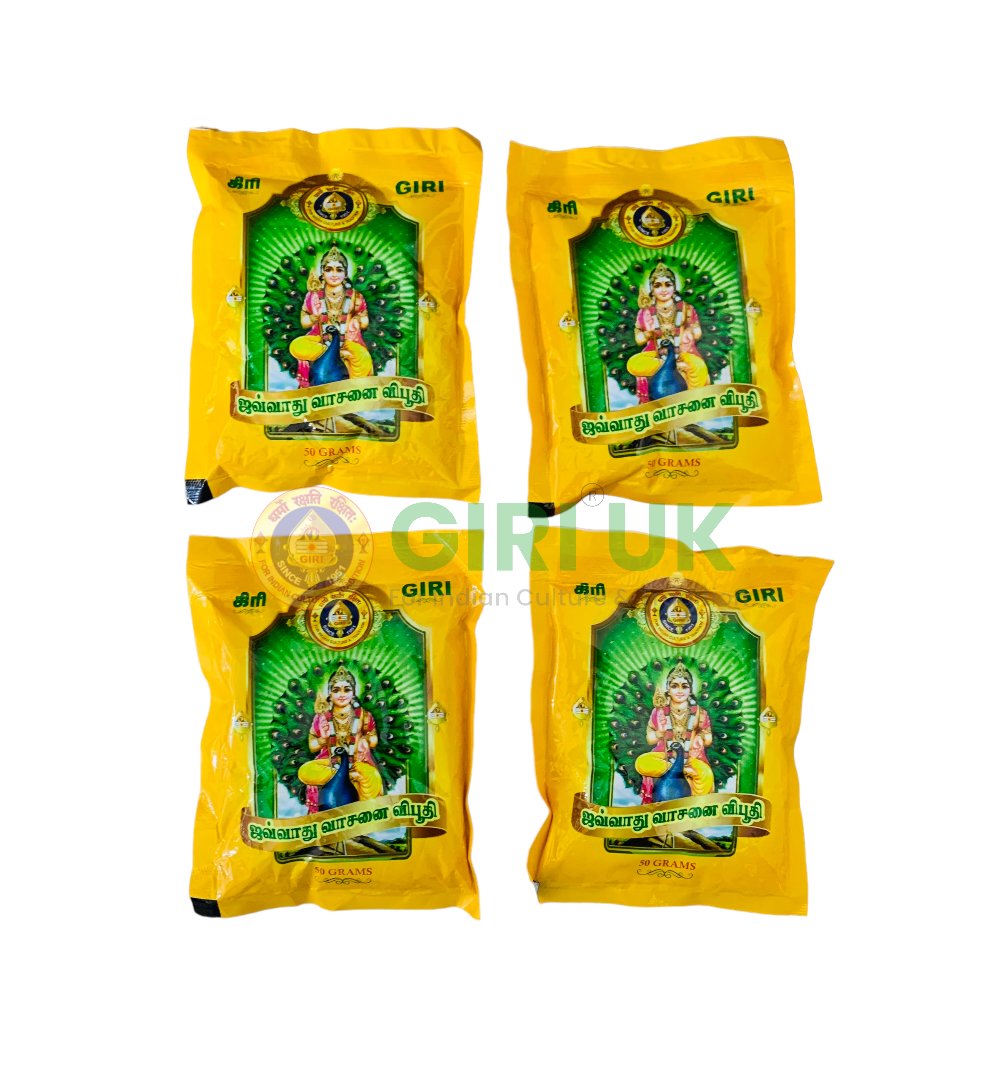Vibhuti, also known as Bhasma, is a sacred ash used to worship Lord Shiva. The process of its preparation is quite interesting: In an age-old practice, Vibhuti is made out of dried cow dung cakes, invoking Vedic rituals, during the annual Maha Shivaratri festival
In more traditional households, while the cow dung cakes are prepared, the Vedic chants in praise of Lord Shiva - the Sri Rudram and Chamakam are chanted. Vibhuti can also be made on the monthly Chaturdasi day.
Karukkai - semi-grown grains of Paddy, plays a key role in Vibhuti preparation. Importantly this is not to be confused with Kadukkai - a native nut used in Ayurvedic preparations.
On the morning of Shivaratri day, the spot for Vibhuti preparation is cleaned with cow dung - Gomaya - and decorated with Kolam. The cow dung cakes are placed in layers with Karukkai and hay in a formation called Shivaratri Muttan. These Muttans can be 5-7 feet in height, with a similar diameter. The setting up of the Muttan starts with spreading Karukkai on the ground, on which the cow dung cakes are placed. Multiple layers are created with hay, karukkai, and cow dung cakes.
On the morning of Shivaratri, Viraja Homa (Havan) is performed. After the Homa, or Havan, the fire transferred onto the muttan. The embers are retained in the Muttan for about a week, or even longer, baking the cakes, and thus giving them a bright white colour. Within the Muttan, the hay transfers the fire from one layer to another while the Karukkai ensures that the Muttan does not get burnt out instantly. On the next Pournami (full-moon) day, the Muttan is dismantled and the cakes, now milky white, can be used.
Buy these 4, 50g packets of Vibhuti from Giri UK.
